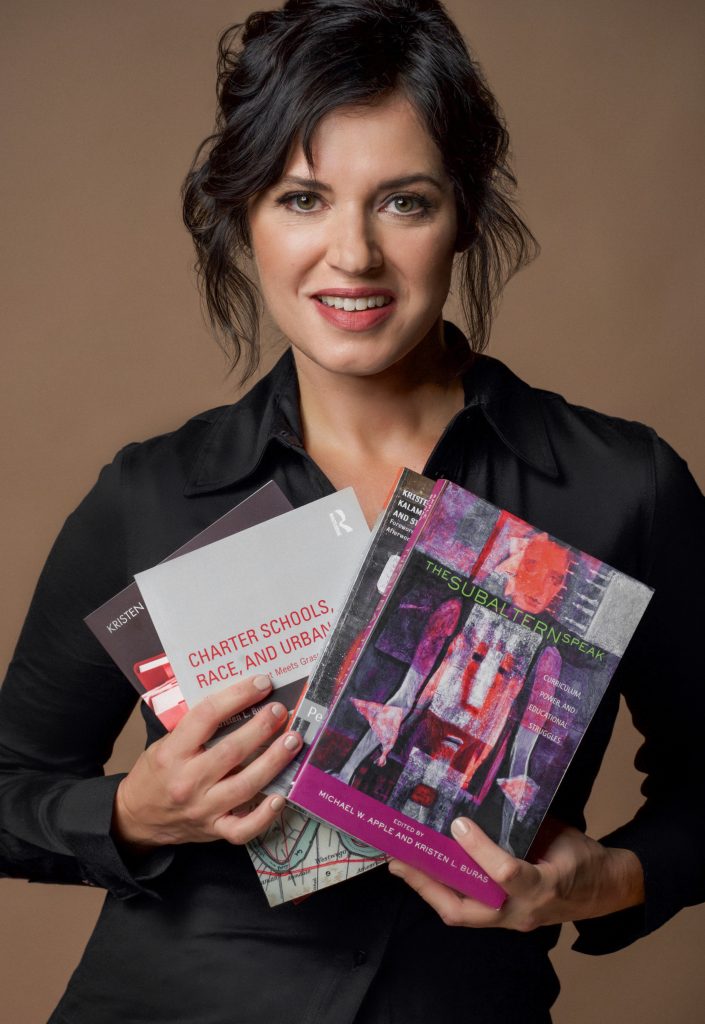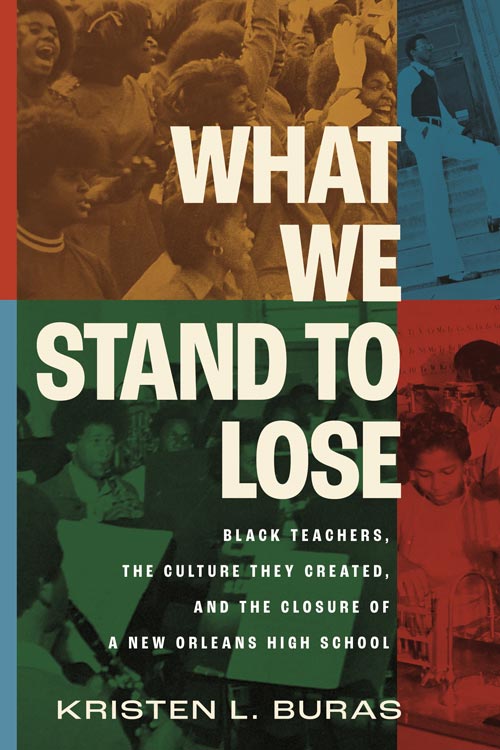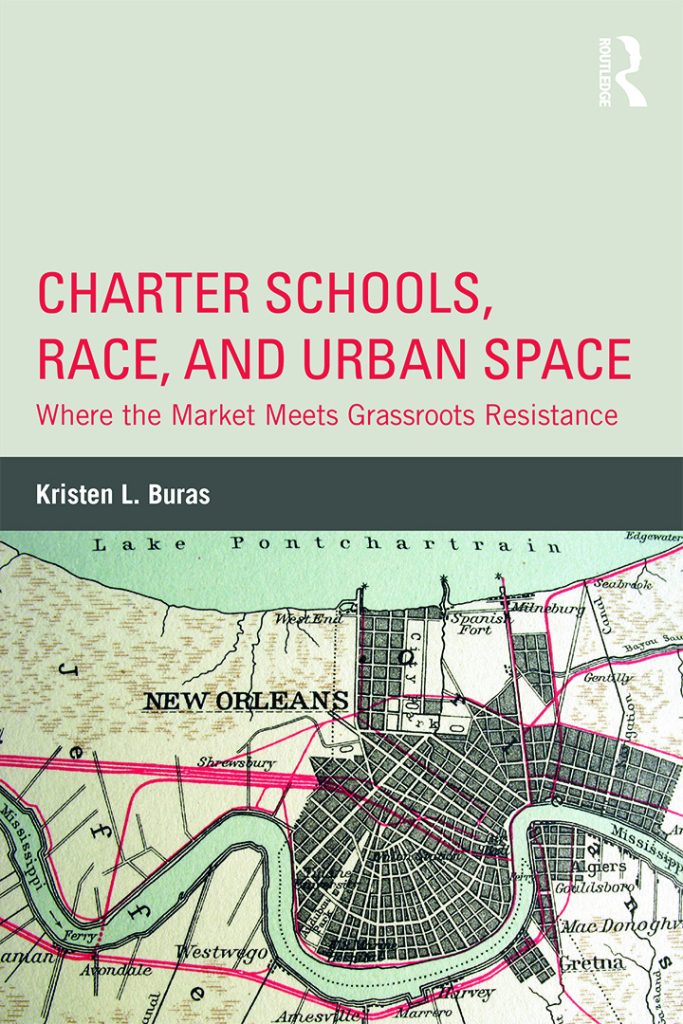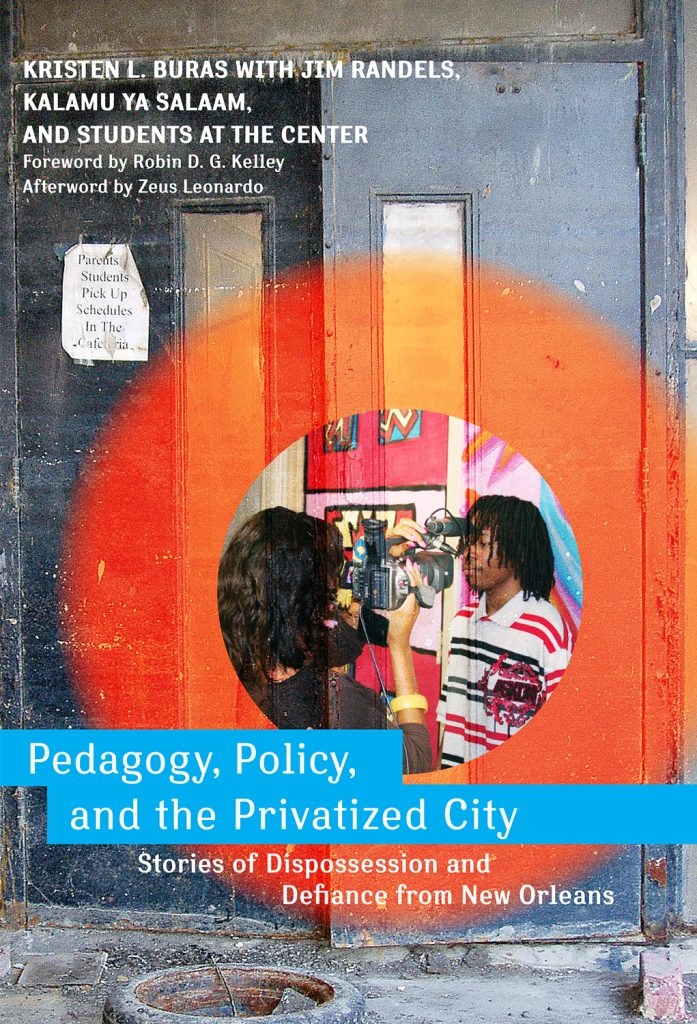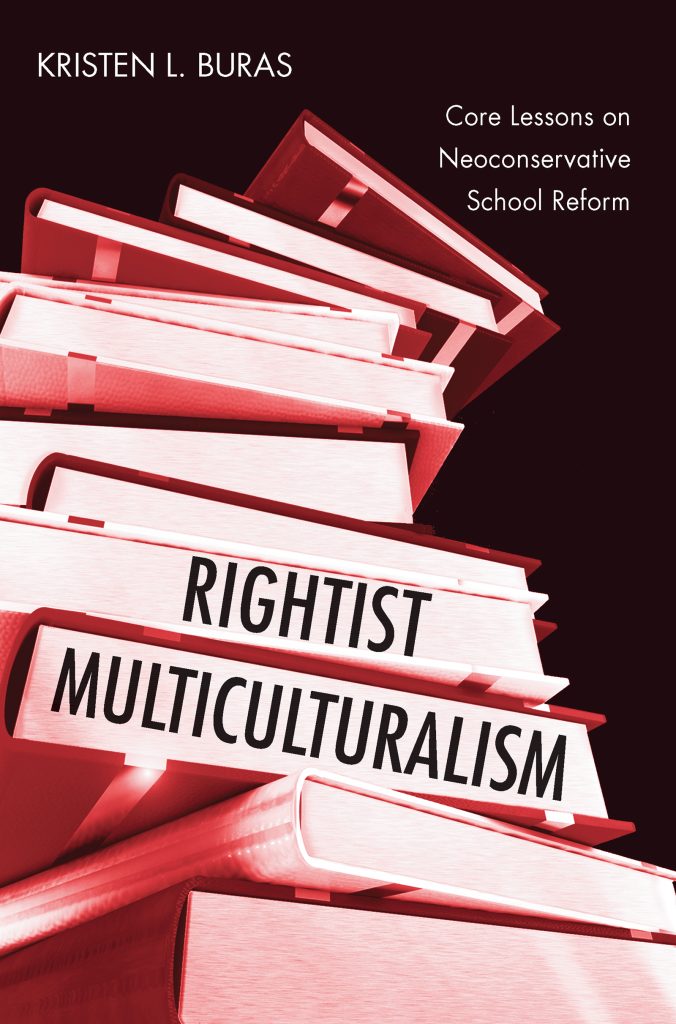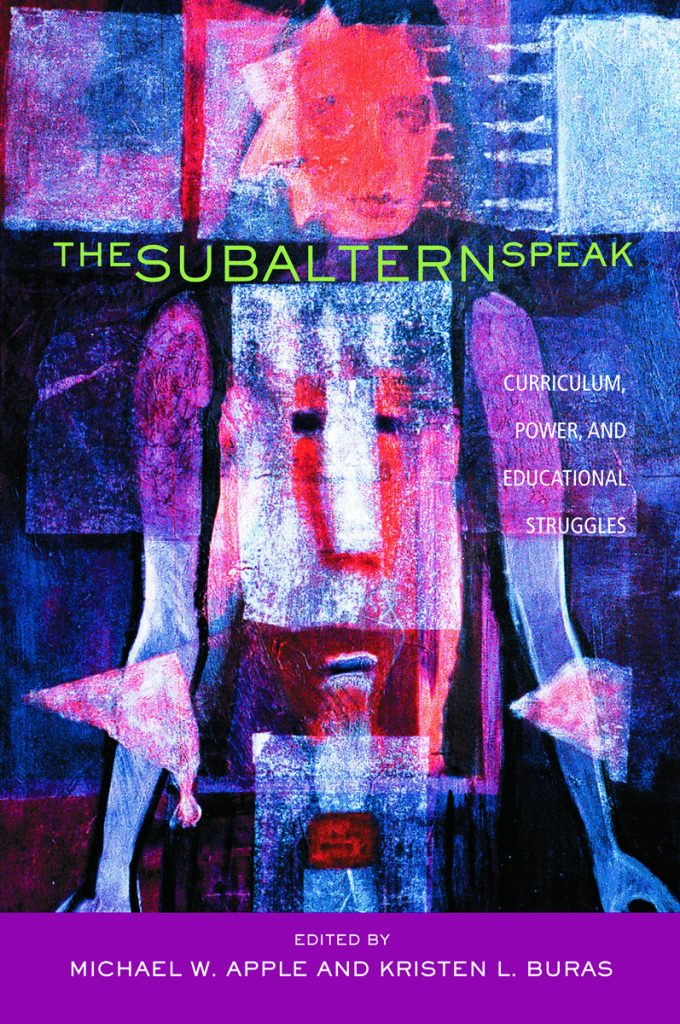Book Pages
What We Stand to Lose: Black Teachers, the Culture They Created, and the Closure of a New Orleans High School
What We Stand to Lose spotlights the tireless work of Black teachers in a historic New Orleans school, one of countless public schools now part of a school-closing crisis in cities nationwide. Time and again, teachers of color have been blamed for every conceivable wrong in urban schools, a tactic that ignores the history of racism and bolsters the expansion of charter schools that lack community roots. In this textured institutional history of a neighborhood public school ultimately closed and replaced by charter schools, Buras challenges white majoritarian allegations of school failure with in-depth counter stories.
Through oral history interviews and archival research, Buras chronicles the rich legacy of George Washington Carver Senior High School from 1958-2005. Located near the Desire Housing Project on the city’s geographic margin and poorly resourced over subsequent decades, Carver was nonetheless a place where teachers fostered a culture of self-determination, high achievement, and enduring community traditions despite endemic racism.
Buras examines each aspect of this culture, demonstrating Black teachers’ invaluable and often unrecognized contributions. She likewise situates Carver’s closure within a history of white supremacy, analyzing the impact on current educational policies. In compelling detail, the stakes of school closings are made crystal clear and illuminate why the assault on veteran teachers, and the communities they have fostered, is the civil rights issue of our era.
Charter Schools, Race, and Urban Space: Where the Market Meets Grassroots Resistance
Charter schools have been promoted as an equitable and innovative solution to the problemsplaguing urban schools. Advocates claim that charter schools benefit working-class students ofcolor by offering them access to a “portfolio” of school choices. In Charter Schools, Race, and Urban Space, Kristen Buras presents a very different account. Her case study of New Orleans—where veteran teachers were fired en masse and the nation’s first all-charter school district was developed—shows that such reform is less about the needs of racially oppressed communities and more about the production of an urban space economy in which white entrepreneurs capitalize on black children and neighborhoods.
In this revealing book, Buras draws on critical theories of race, political economy, and space, as well as a decade of research on the ground to expose the criminal dispossession of black teachers and students who have contributed to New Orleans’ culture and history. Mapping federal, state, and local policy networks, she shows how the city’s landscape has been reshaped by a strategic venture to privatize public education. She likewise chronicles grassroots efforts to defend historic schools and neighborhoods against this assault, revealing a commitment to equity and place and articulating a vision of change that is sure to inspire heated debate among communities nationwide.
“…a major contribution to the literature about post-Katrina New Orleans that directly challenges what you have seen on PBS or heard on NPR or read in the mainstream media. Buras has written her narrative from the grassroots, not from the top This is the other side of the story. It is important, and you should read it.”
Pedagogy, Policy, and the Privatized City: Stories of Dispossession and Defiance from New Orleans
In cities across the nation, communities of color find themselves resisting state disinvestment and the politics of dispossession. Students at the Center—a writing initiative based in several New Orleans high schools—takes on this struggle through a close examination of race and schools.This book builds on the powerful stories of marginalized youth and their teachers, who contest the policies that are destructive to their communities: decentralization, charter schools, market-based educational choice, teachers union-busting, mixed-income housing, and urban redevelopment. Striking commentaries from the foremost scholars of the day explore the wider implications of these stories for pedagogy and educational policy in schools across the United States and the globe. Most importantly, this book reveals what must be done to challenge oppressive conditions and democratize our schools by troubling the vision of city elites who seek to elide students’ histories, privatize their schools, and reinvent their neighborhoods.
“This book is more than a compelling, inspiring read. It is one of the most radical works of collaboration I’ve seen [in the last four decades]. It was forged in the wake of capitalist dreams to expropriate poor black folk, eliminate public housing, privatize public schools, and turn New Orleans into neoliberalism’s model city. We need more challenges to the policies of privatization and more spaces where young people can be agents in their education and architects of our future—a future we can glimpse in this book.”
Pedagogy, Policy, and the Privatized City was recognized for its “Outstanding Contribution to the Field” by the Curriculum Studies Division of the American Educational Research Association in 2011
Rightist Multiculturalism: Core Lessons on Neoconservative School Reform
For nearly two decades, E. D. Hirsch’s book Cultural Literacy has provoked debate over whose knowledge should be taught in schools, embodying the culture wars in education. Initially developed to mediate against the multicultural “threat,” his educational vision inspired the Core Knowledge curriculum, which has garnered wide support from an array of communities, including traditionally marginalized groups. In this groundbreaking book, Kristen Buras provides the first detailed, critical examination of the Core Knowledge movement and explores the history and cultural politics underlying neoconservative initiatives in education.
Ultimately, Rightist Multiculturalism does more than assess the limitations and possibilities of Core Knowledge. It illuminates why troubling educational reforms initiated by neoconservatives have acquired grassroots allegiance despite criticism that their vision is culturally elitist. More importantly, Buras argues understanding that neoconservative school reform itself has become a multicultural affair is the first step toward fighting an alternative war of position—that is, reclaiming multiculturalism as a radically transformative project.
“Just as the Civil Rights Movement was a product of preparation in previous decades, Buras captures convincingly the slow but strident development of the New Right. She does not only take the Core Knowledge Movement in education to task but equally takes it seriously. Buras’ stunning analysis forces critical educators to take notice of a new compromise in the cultural wars: the hegemonic rise of Rightist Multiculturalism. This book will teach and delight its readers.”
The Subaltern Speak: Curriculum, Power, and Educational Struggles
The question of whose perspective, experience, and history are privileged in educational institutions has shaped curriculum debates for decades. Taking these debates in new directions, the contributors to The Subaltern Speak acknowledge the agency and power of subaltern groups themselves in envisioning and actively constructing their own educational agendas. To what degree and to what effect have subaltern groups been able to resist conservative practices, policies, and movements or even use them for their own purposes? Are all of the resistances necessarily progressive? In answering these questions, this important book engages in analyses of the ways in which various forms of dominance now operate nationally and internationally. From urban classrooms, home schools, and universities to social movements aimed at larger reforms, The Subaltern Speak reveals the realities of struggles from above and below over what purposes educational institutions should serve.
Praise by Gloria Ladson-Billings, Professor Emerita at the University of Wisconsin-Madison and author of Dreamkeepers: Successful Teachers of African American Children
“Although many people purport to speak for the dispossessed, this volume provides an opportunity for authentic voices to be heard. The subaltern are always speaking and in this book we get a chance to listen.”

